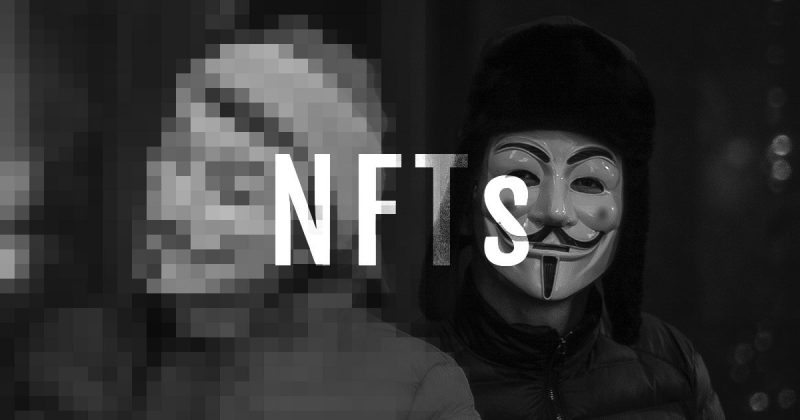Since the inception of Cryptocurrencies back in 2010 by the famous Satoshi Nakamoto, the industry has been associated with numerous illegal activities. For several years after the launch of Bitcoin, the FBI monitored Bitcoin transactions as its anonymity lured criminals and money launderers. Ten years later, NFTs present a similar opportunity as scammers flock to this new niche to defraud unsuspecting victims of hard-earned money. Lets discuss NFT scams!
What is NFT Art?
NFT art is a form of digital art that exists entirely in the digital world because there is no physical copy of it. It is unique and possesses a unique identifier that no one else has but the owner. This is to prevent any form of duplication and to secure Proof of Ownership.
NFT Scams : Why is NFT Art Lucrative for Scammers?
The main characteristic of the NFT metaverse is anonymity. The only identity the owners of NFTs have is the wallet addresses they use to purchase the NFTs. Hence, there is no way of knowing where they live or who they are in real life. For example, the story of Milos Rajkovic A.K.A Sholim is one of many involving NFT art robbery. The Serbian artist was appalled to find his artworks getting sold on OpenSea by an impostor.
Secondly, NFTs are in full overdrive. The sheer amount of volume passing through NFT marketplaces is mind-blowing. This attracts scammers and swindlers. NFT metaverse is relatively new, and only experienced blockchain users can navigate it safely. However, due to the allures of massive gains, newbies get tempted to explore this new space and end up getting scammed.
What are the Different Types of NFT Scams?
NFT art scams come in different forms. Here are a few types currently happening in the NFT space or will likely come in the near future.
1. Replica Stores
Replica stores are suspicious-looking domains that are copy-cats of the original stores like Rarible, OpenSea, Niftykit, and SuperRare. Any funds spent on these online replica stores go directly into the wallets of the scammers.
2. Fake NFT Stores
These are a variation of the replica stores. They are not copy-cats of existing stores, but they are also not real stores. There are very high chances you will not receive any item you purchase on these fake online stores.
3. Counterfeit NFTs, including Artist(s) Impersonation
There has been an increase in real-world ‘inspired’ NFT art since the NFT craze began. ‘Inspired’ means that an NFT artist makes an NFT of an existing real-world painting or piece of art. This is necessarily not an original work.
The story of the Fame Lady Squad (FLS) NFT is an excellent example of artist impersonation. Three American women named Cindy, Kelda and Andrea sold 8,888 NFTs and collected $1.5 million in just a short while. On August 10, 2021, Fedor Linnik revealed that Russians D. Mefi, Max Rand, and John Russo originally marketed the FLS NFT. The three women have since deleted the FLS Twitter account and disappeared.
Don’t be a Victim of NFT Scams
NFT metaverse is, without a doubt, a breeding ground for scams, and this is just the beginning. If you are planning to buy some NFTs, then tread carefully. Cheers!





